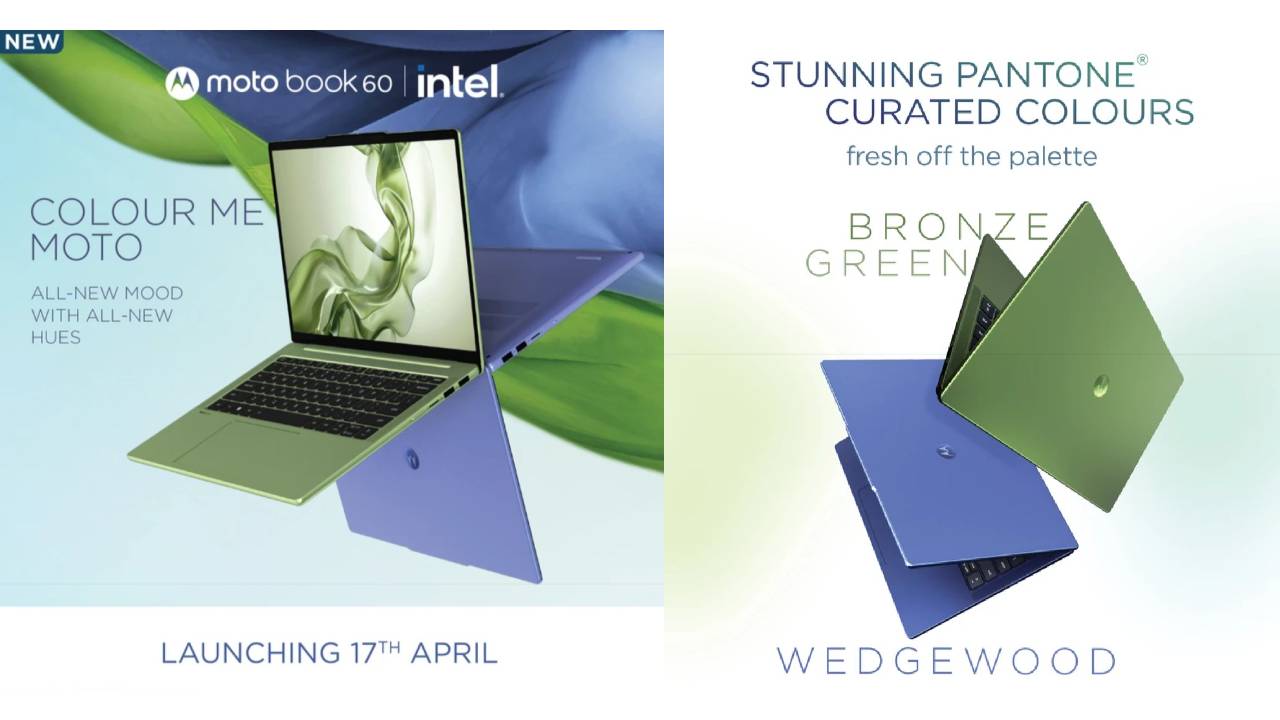Surface Pro 9 vs. Pro X: Is it worth the upgrade?
How does the new Surface Pro 9 compare to the older Surface Pro X it's replacing?
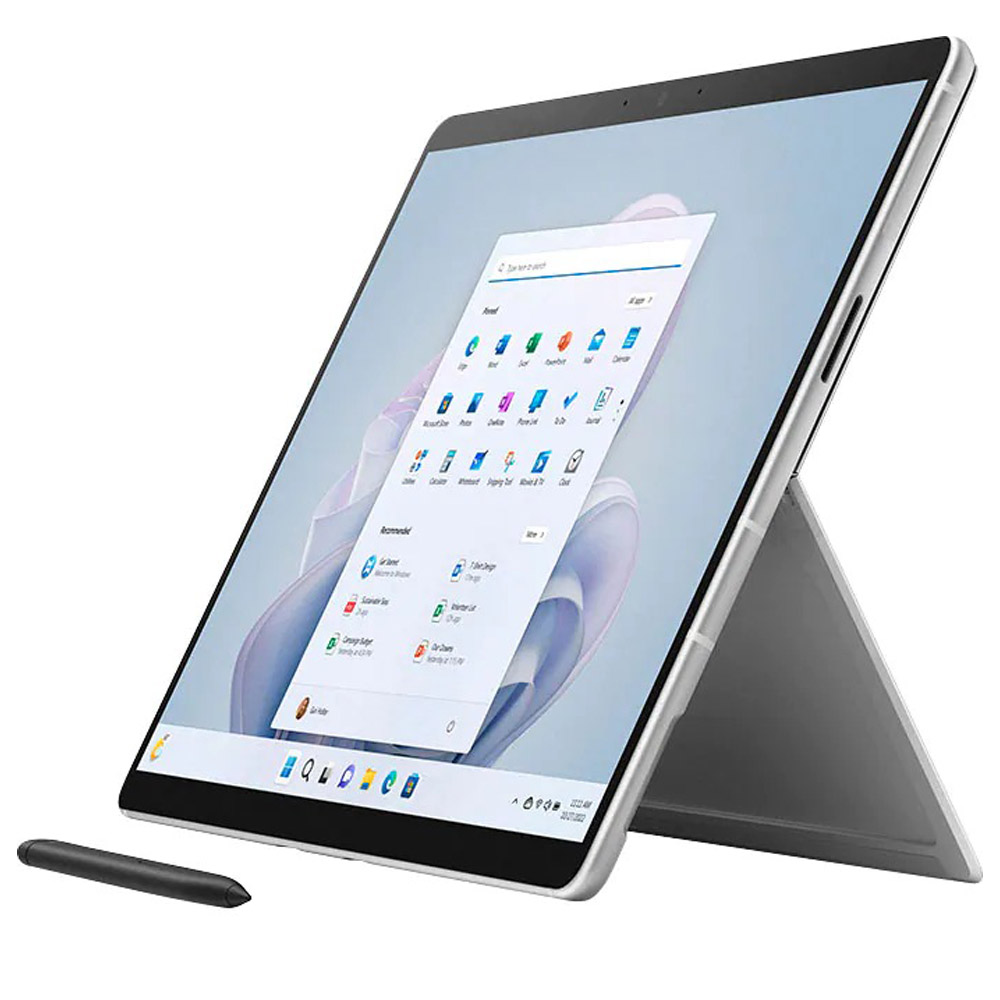
Microsoft's new Surface Pro 9 has taken the best of the Pro 8 and Pro X to become the most versatile flagship 2-in-1. The design and display are essentially the same as the Pro 8, but it's now available in designated standard and 5G versions with either a Microsoft's SQ3 chip or 12th Gen Intel CPU, and new colors!
For
- Dedicated Wi-Fi and 5G models
- Faster processors, Intel Evo certification
- More battery in ARM version
- New Sapphire and Forest colors
- Same beautiful design
Against
- Thicker than Surface Pro X
- Heavier than Surface Pro X
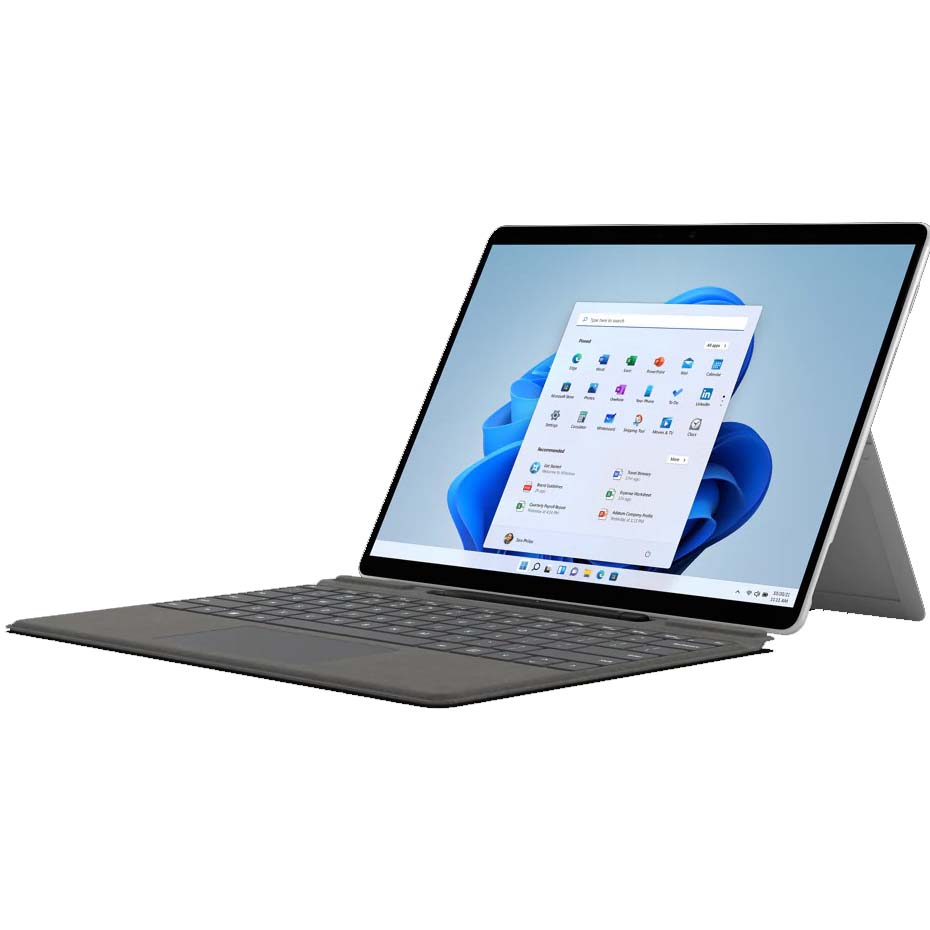
Microsoft's Surface Pro X has been replaced by the Surface Pro 9, but that doesn't mean it's no longer a great 2-in-1 Windows PC. It's still the thinnest and lightest Surface Pro you can buy today, and offers good battery and LTE.
For
- Lightweight
- Thinner than Surface Pro 9
- Optional LTE available
- Models are now discounted
Against
- Performance is mediocre
- Cheaper than Pro 9
- Only 60Hz display
- Black model is very fingerprinty
Microsoft has just announced the brand new Surface Pro 9, which incorporates both Intel and ARM versions of the Surface Pro for the first time. Gone is the Surface Pro X line, now folded into the Surface Pro 9 as the "Surface Pro 9 with 5G." So, considering the Surface Pro 9 is now a direct successor to the Surface Pro X, how do they compare, and is the older Surface Pro X still a good buy?
Let's first take a look at the specs and compare both the Intel and ARM versions of the Surface Pro 9 directly with the Surface Pro X.
| Header Cell - Column 0 | Surface Pro 9 | Surface Pro 9 with 5G | Surface Pro X |
|---|---|---|---|
| OS | Windows 11 Home | Windows 11 Home | Windows 11 Home |
| Processor | 12th Gen Intel, Intel Evo | Microsoft SQ3 | Microsoft SQ1 |
| Row 2 - Cell 0 | Core i5-1235U, Core i7-1255U | Row 2 - Cell 2 | Microsoft SQ2 |
| RAM | 8GB, 16GB, 32GB LPDDR5 | 8GB, 16GB LPDDR4x | 8GB, 16GB LPDDR4x |
| Graphics | Intel Iris Xe | Microsoft SQ3 Adreno 8CX (Gen 3) | Microsoft SQ1 Adreno 685 |
| Row 5 - Cell 0 | Row 5 - Cell 1 | Row 5 - Cell 2 | Microsoft SQ2 Adreno 690 |
| Storage | 128GB, 256GB, 512GB, 1TB | 128GB, 256GB, 512GB | 128GB, 256GB, 512GB |
| Row 7 - Cell 0 | Removable SSD | Removable SSD | Removable SSD |
| Display | 13 inches, 2880x1920 (267 PPI), touch, 3:2 aspect ratio | 13 inches, 2880x1920 (267 PPI), touch, 3:2 aspect ratio | 13 inches, 2880x1920 (267 PPI), touch, 3:2 aspect ratio |
| Row 9 - Cell 0 | Up to 120Hz (dynamic refresh rate), Dolby Vision | Up to 120Hz (dynamic refresh rate) | 60Hz |
| Pen | Surface Slim Pen 2 (Sold separately) | Surface Slim Pen 2 (Sold separately) | Surface Slim Pen 2 |
| Ports | Two Thunderbolt 4, Surface Connect | Two USB-C 3.2, NanoSIM, Surface Connect | Two USB-C 3.2, NanoSIM, Surface Connect |
| Audio | Dual 2W speakers, Dolby Atmos, dual far-field mics, Voice Clarity | Dual 2W speakers, Voice Clarity, Windows Studio Effects, dual far-field mics | Dual 2W speakers, Dolby Audio, dual far-field mics |
| Wireless | Wi-Fi 6E, Bluetooth 5.1 | Wi-Fi 6E, Bluetooth 5.1, NanoSIM, eSIM, 5G, mmWave, Sub-6 | Wi-Fi 5, Bluetooth 5.0 |
| Camera | Front-facing 1080p, IR camera, rear-facing 10MP (4K video) | Front-facing 1080p (Windows Studio Effects), IR camera, rear-facing 10MP (4K video) | Front-facing 5MP (1080p), rear-facing 10MP (4K video) |
| Security | TPM 2.0, Windows Hello IR camera, Windows 11 Secured-core PC | Microsoft Pluton, Windows Hello IR camera, Windows 11 Secured-core PC | TPM 2.0, Windows Hello IR camera |
| Battery | Up to 15.5 hours | Up to 19 hours | Up to 15 hours |
| Dimensions | 11.3 x 8.2 x 0.37 inches | 11.3 x 8.2 x 0.37 inches | 11.3 x 8.2 x 0.28 inches |
| Row 18 - Cell 0 | (287mm x 208.3mm x 9.4mm) | (287mm x 208.3mm x 9.4mm) | (287 mm x 208 mm x 7.3 mm) |
| Weight | 1.94 pounds (879g) | mmWave: 1.95 pounds (883g) | 1.70 pounds (774g) |
| Row 20 - Cell 0 | Row 20 - Cell 1 | Sub-6: 1.94 pounds (878g) | Row 20 - Cell 3 |
| Color | Platinum, Graphite, Sapphire, Forest | Platinum | Platinum, Graphite |
The Pro 9 should start shipping on October 25; pre-orders are open now. The Intel model should start at about $999 while the ARM model should start at about $1,299. The Surface Pro X is already available and can be found for less than $800 these days.
Design and features
Why you can trust Windows Central
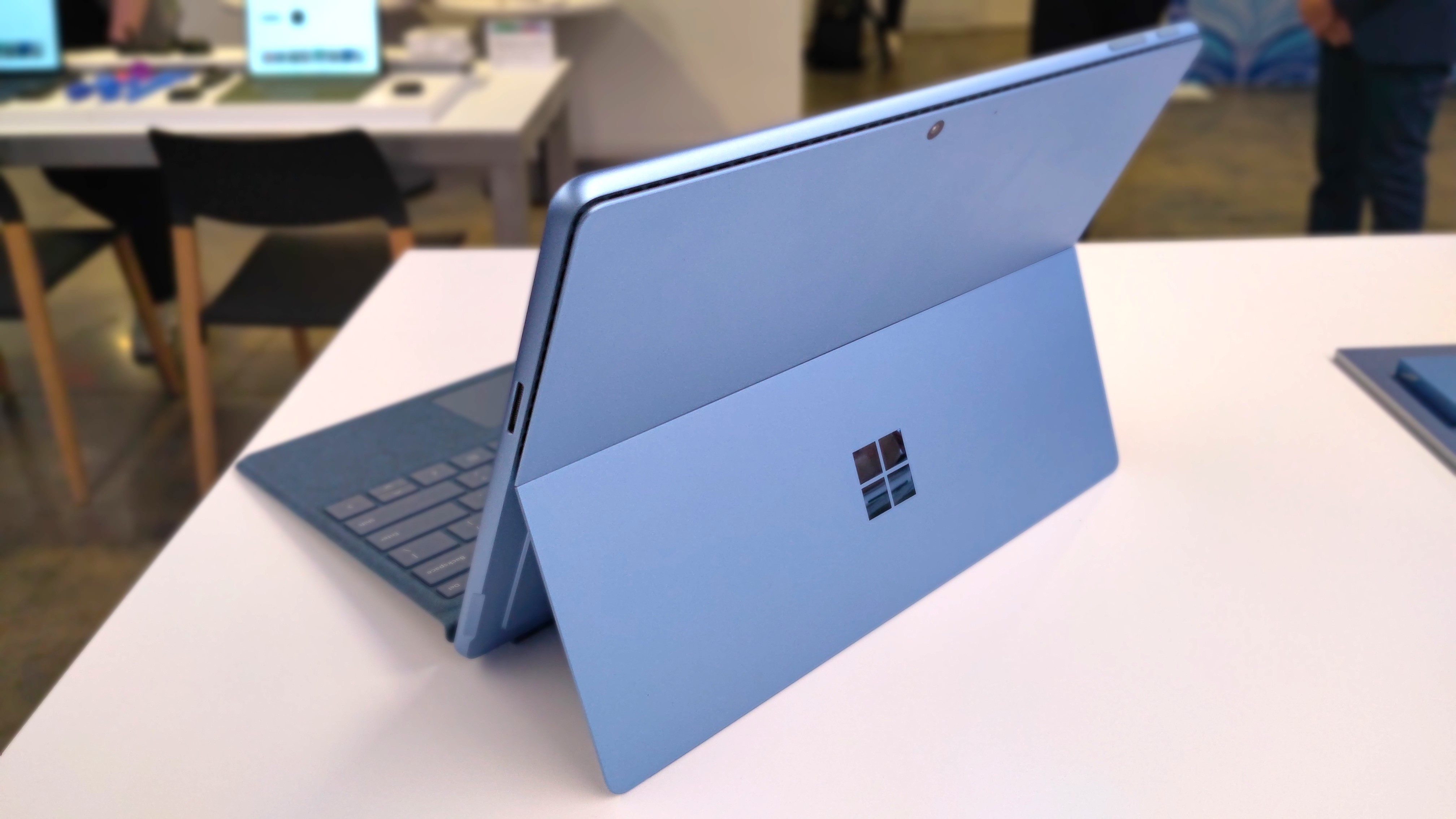
The Surface Pro X and Surface Pro 9 feature very similar designs. They are the same shape and size, with the only key difference between them being that the Surface Pro X is thinner at 7.3mm, compared to the Surface Pro 9 at 9.4mm. That's quite the difference, and something you'll definitely notice when looking at and holding the device.
What's more, the Surface Pro X is also considerably lighter, coming in at just 1.7lbs compared to the Surface Pro 9's 1.95lbs. It's a small difference on paper, but one you will notice when comparing them side by side. Luckily, these are the only notable differences in design. Everything else is the same, meaning Microsoft's first-party Type Cover accessories will work across both Surface Pro X and Surface Pro 9 devices.
The new Surface Pro 9 with 5G has a more advanced NPU, which offers features such as system-wide camera and microphone effects such as portrait background blur, voice clarity and focus, eye correction, and automatic framing. Surface Pro X can only do eye correction.
Display
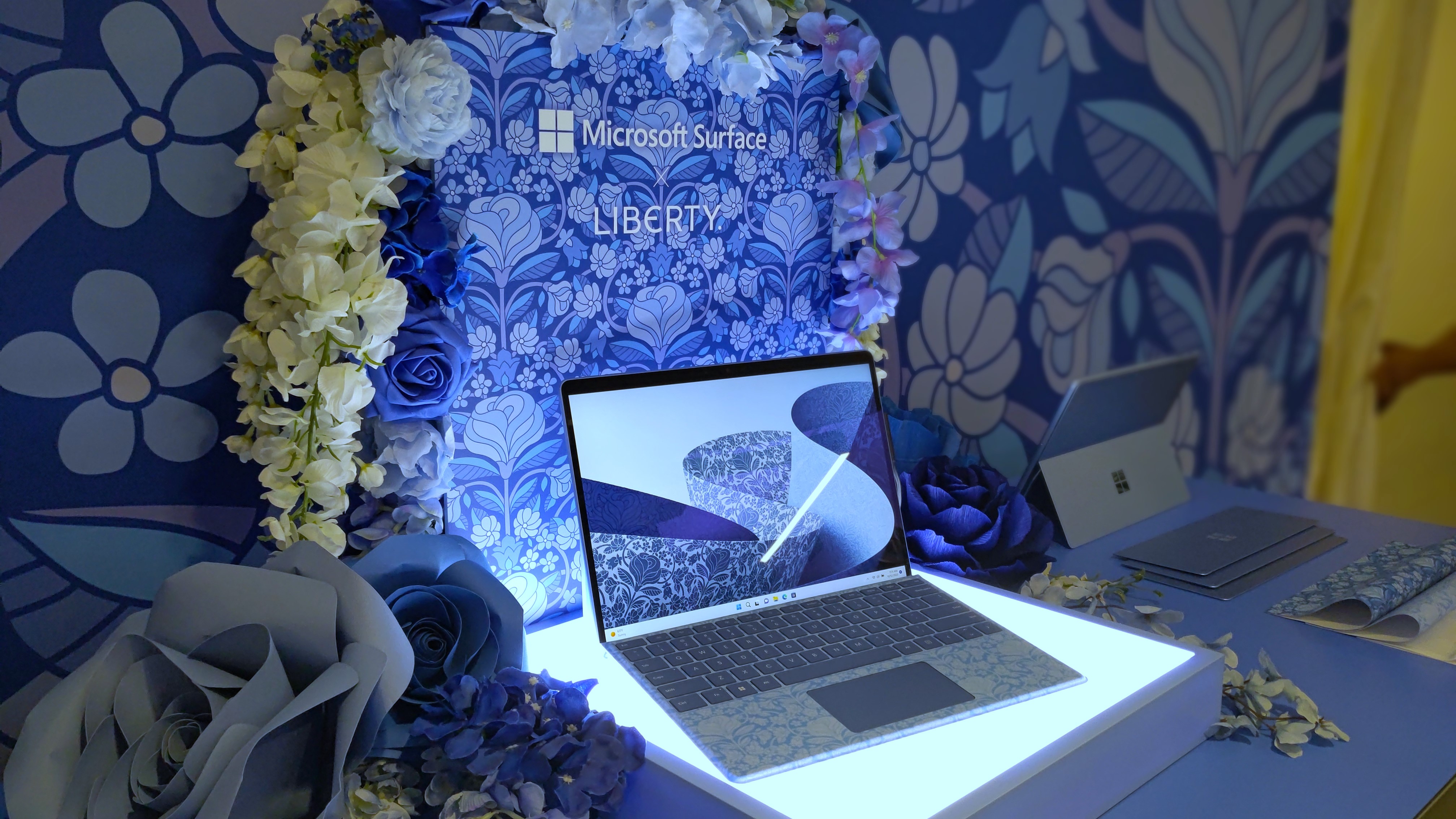
The displays on both the Surface Pro 9 and Surface Pro X are both very similar and also quite different. They feature the same size and resolution at 13-inches 2880 x 1920, which offers a crisp 267 PPI for clear text and images. The differences come in refresh rate, which is a noticeable difference when compared side by side.
The new Surface Pro 9 features a dynamic refresh rate of up to 120Hz, compared to the Surface Pro X which features a fixed refresh rate at 60Hz. This means that the Surface Pro 9 looks and feels smoother to use, most noticeably when scrolling webpages and inking. The Surface Pro 9's display is also more energy efficient thanks to its dynamic refresh rate that can scale down when needed.
The Surface Pro X's refresh rate is locked at 60Hz the whole time, regardless of what you're doing. On its own, this isn't a bad thing. Most PC displays are 60Hz, and if you've never experienced a 120Hz display panel before, you're not going to miss it. However, if you are familiar with 120Hz displays, you'll immediately notice how much slower and less smooth the Surface Pro X's display is.
Another difference between the Surface Pro X and Surface Pro 9 is with support for pen haptics. The Surface Pro 9 features full support for the Surface Slim Pen 2's haptic motor, but the Surface Pro X doesn't. You can still use the Surface Slim Pen 2's pen on the Surface Pro X, you just won't get any of the haptic feedback bumps when using it.
Performance
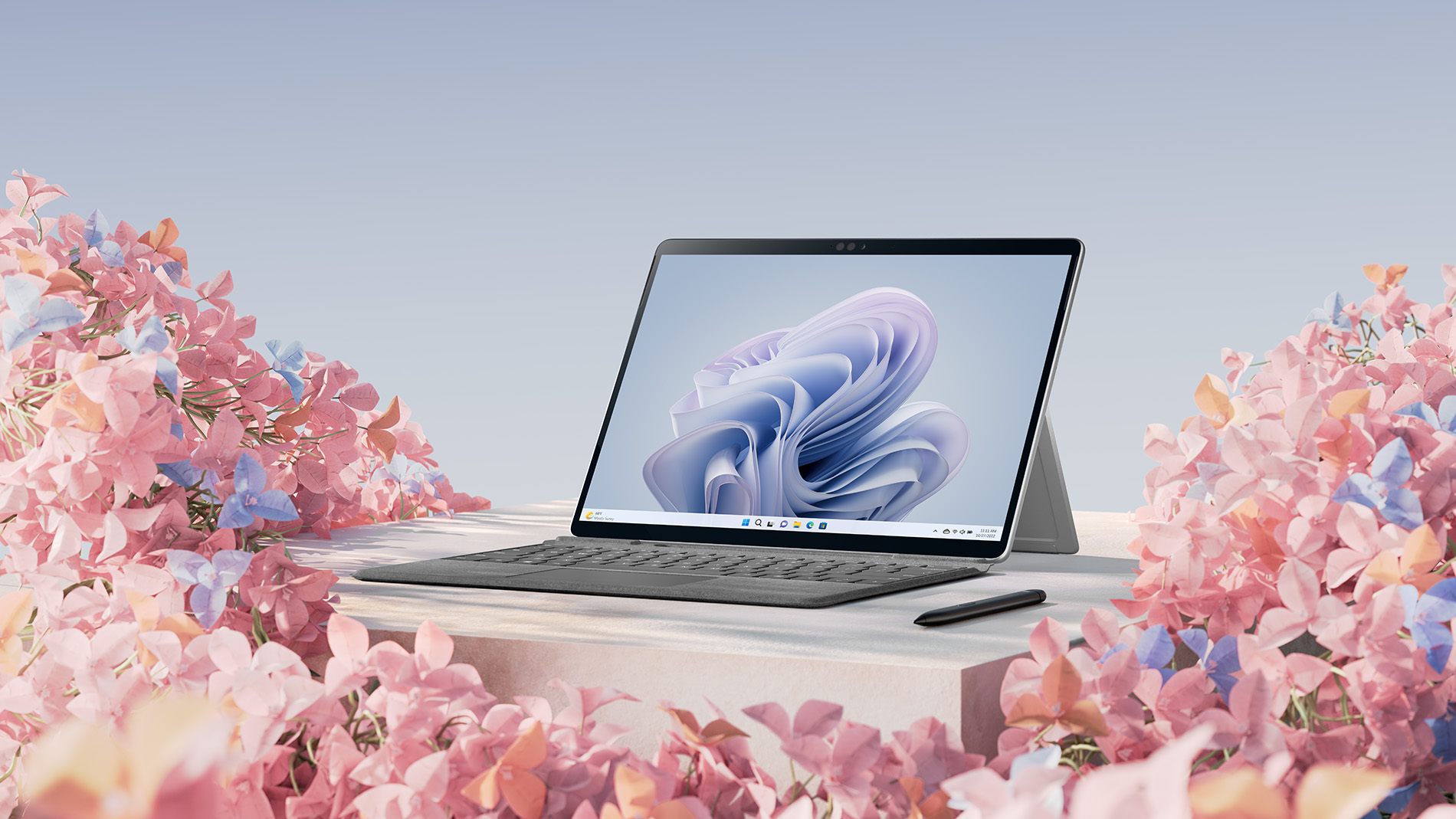
Performance is going to be one of the bigger differences between the Surface Pro 9 and Surface Pro X, especially if you are comparing the Intel variant. Intel 12th-gen delivers over 50% more performance compared to the Surface Pro X's Microsoft SQ1 and SQ2 ARM chip, but that extra power comes at the cost of power efficiency.
The Surface Pro 9 with 5G, with its Microsoft SQ3 chip, is more comparable to the older Surface Pro X. Even still, the Microsoft SQ3 offers a huge 85% performance boost over the SQ1 and SQ2 found in the Surface Pro X, thanks to a newer 5nm SoC design from Qualcomm.
Now, that's not to say the SQ1 and SQ2 found in the Surface Pro X are bad. While it's certainly not a performance machine, the Surface Pro X is still great for day-to-day productivity usage, including using Office, browsing the web, checking email, listening to music, and watching videos.
If you want to do any creative work, we'd recommend spurging for the Surface Pro 9 with 5G at least, or if you want to go all out with 4K video editing, the Intel versions will be the one to get.
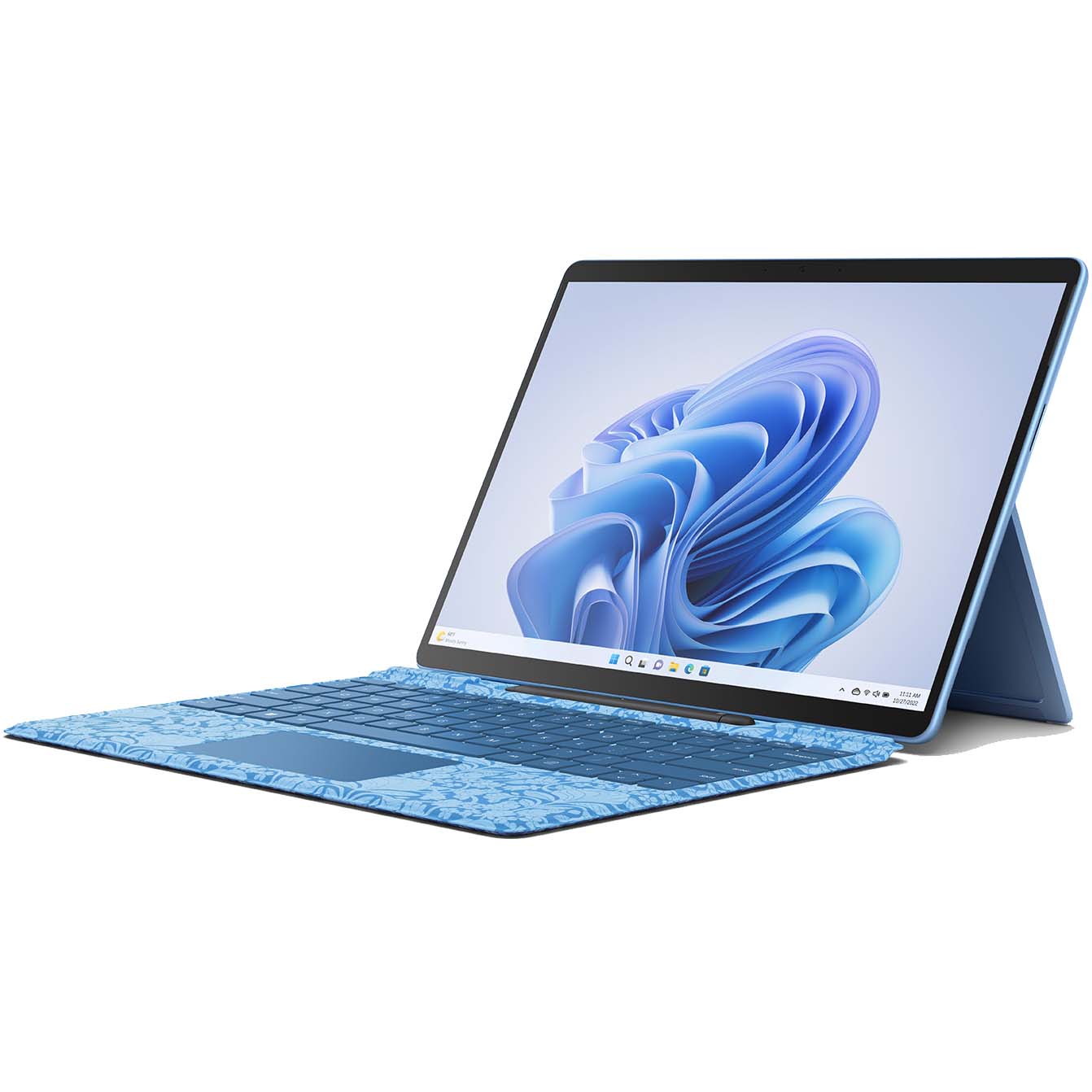
The Surface Pro 9 brings new performance hardware, new 5G model with SQ3 processor, and new color options for the aluminum chassis.
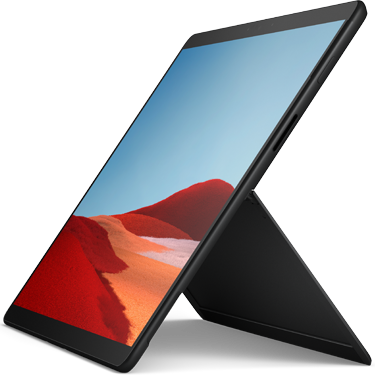
The Surface Pro X is no longer the newest 2-in-1 on Microsoft's roster, but it's still a fine PC that will likely get more affordable as it's replaced by the Pro 9.
Get the Windows Central Newsletter
All the latest news, reviews, and guides for Windows and Xbox diehards.

